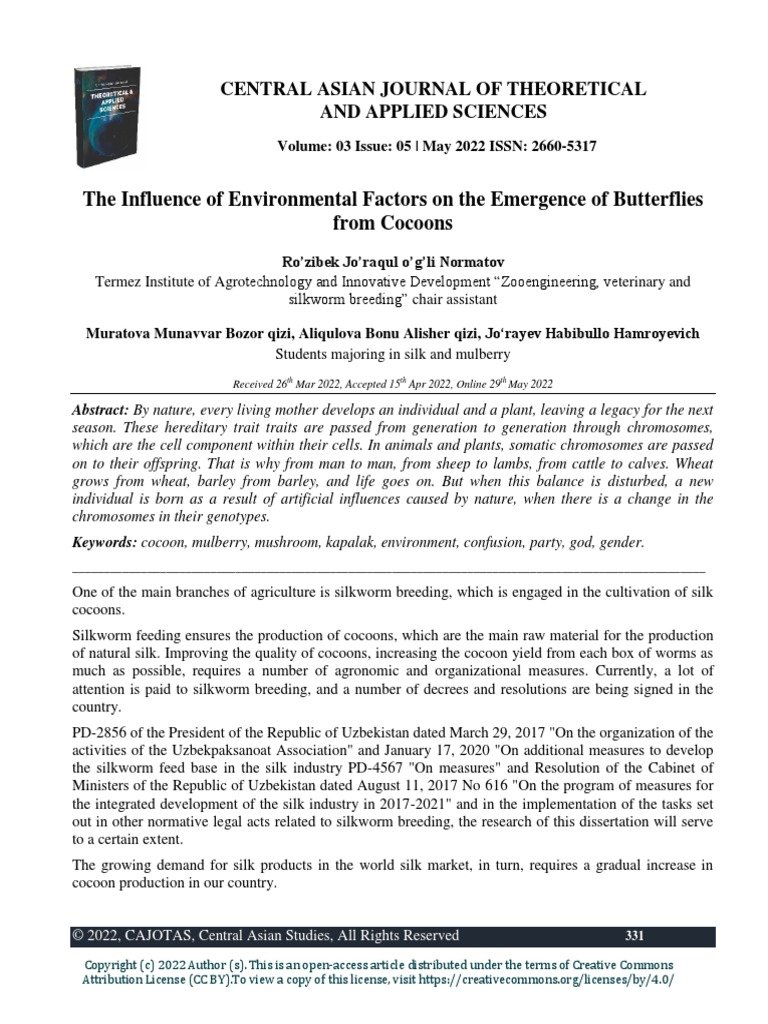
So what exactly makes botfly activity tick? The truth is, several environmental factors play a significant role in this process. Just like we feel more energetic on sunny days, botflies thrive in certain conditions. Their activity is influenced by temperature, humidity, host availability, and even vegetation. In this article, we’ll dive deep into these factors and explore how they shape the behavior of botflies. Grab a cup of coffee, and let’s dig in!
Temperature: The Warmth of Opportunity
Temperature is a huge factor in botfly activity. Just like how you might choose to stay indoors on a freezing winter day, botflies have specific temperature ranges that drive their movements and breeding. Generally, these critters prefer warm temperatures, typically between **25°C and 30°C (77°F to 86°F)**. In these conditions, botflies are more likely to be active and on the hunt for a host.
When temperatures rise, these pests can reproduce more rapidly. A cozy, warm environment creates the perfect storm for botflies to thrive. In cooler climates, their activity slows down significantly, and they might even become dormant until conditions improve. This is why you might notice more botflies buzzing around in the late spring and summer months. They’re simply taking advantage of the warmer weather!
Heat Waves and Botfly Surges
Have you ever noticed how some summers seem to bring more insects than others? This can often be linked back to heat waves. During these extreme temperature spikes, botfly populations can surge. More warmth means more opportunities for them to find hosts to lay their eggs on. For instance, if you’re in an area experiencing a particularly hot summer, you might find yourself swatting at these pests more often than usual.
The key takeaway? If you’re living in or visiting a warmer region, be mindful of the botfly population during heat waves. Staying vigilant and protecting your pets from these pests is essential, especially during peak temperatures.
Humidity: A Sticky Situation
Another major player in the world of botfly activity is humidity. Just think about how a rainy day can leave you feeling sluggish. For botflies, the right humidity level can kick their activity into high gear. These insects thrive in humid environments, as moisture helps them survive and find suitable hosts.
High humidity levels, generally above **70%**, create ideal conditions for botflies. When the air is moist, it’s easier for them to locate potential hosts—like mammals and even humans. After a heavy rainfall, you might notice an uptick in botfly activity. The combination of warm temperatures and high humidity creates a perfect breeding ground.
Balancing Act of Environment
Botflies don’t just spring up overnight; they have to make sure the environment is just right. For those living in tropical or subtropical areas, this can mean a higher chance of encountering these pests, especially during rainy seasons. You might say that botflies are like us when we seek out our favorite activities—there’s a specific environment that just feels right!
Understanding this connection can help you take precautions. If it’s a humid, warm day, you might want to keep skin covered, especially if you’re in areas known for botfly populations.
Host Availability: The Circle of Life
One of the biggest reasons botflies are active is their need to find hosts. Think of it like planning a dinner party. You can’t just invite anyone; you need the right guests! Botflies are no different. They rely on mammals for their lifecycle, typically targeting animals like rodents, dogs, and even humans.
When there are plenty of suitable hosts around, you can bet botfly populations will flourish. The presence of these hosts can often be affected by environmental factors, such as habitat destruction or changes in land use. If more mammals are in an area, botflies will certainly capitalize on this opportunity.
The Right Place at the Right Time
So, how do you know if you’re in an area with a high host availability? Look around for local wildlife! If you see a lot of animals roaming about, especially pets like dogs, you might want to keep an eye out for botflies. They’re clever little pests that know how to find their next meal.
Vegetation: Nature’s Highway for Botflies
Vegetation serves as both habitat and a hunting ground for botflies. Dense plants and bushes can provide the perfect hiding spots and resting areas before they make their move on a host. Think about it: when you’re walking through a thick forest, you feel like you’ve stepped into a world full of possibilities, right? Botflies think the same way!
Different vegetation types can influence botfly numbers, too. Areas rich in lush greenery and shrubs offer shelter for botflies, increasing their chances of encountering hosts. This is why botflies are more common in rural or forested areas compared to urban environments, where nature is less dense.
Adapting to Changes in the Environment
With changes in land use, like deforestation or urbanization, botflies can adapt if their preferred environments are disturbed. They’ll look for new areas where they can find food and shelters, which sometimes leads them into places where humans and domestic animals reside. Managing your garden or yard can help reduce the chances of attracting these pests by avoiding dense, unchecked vegetation.
Seasonal Changes: The Rhythm of Nature
Seasons bring about a lot of changes in the natural world—and botflies are no exception. Just like we might enjoy winter coats and hot cocoa, botflies have their active and dormant periods throughout the year. In temperate climates, their activity typically peaks in late spring and summer when temperatures and humidity levels are ideal.
During the fall, as temperatures begin to drop, botflies start to dwindle in numbers. They’re not fans of the cold, and since their life cycle relies heavily on host availability and the right environmental factors, they’ll retreat until conditions improve.
Planning for Change
Understanding the seasonal patterns of botfly activity can help you plan your outdoor activities better. For instance, if you’re heading to a green, humid area in the summer months, it’s wise to take precautions like using insect repellent or dressing appropriately. Being prepared can make all the difference in ensuring that your time outdoors is enjoyable and pest-free.
Botflies may not be the most popular topic of conversation, but they certainly play a fascinating role in our ecosystem. By understanding the **environmental factors that influence botfly activity**, you can equip yourself with the knowledge to stay safe and enjoy your outdoors better.
From **temperature and humidity** to host availability and vegetation, these elements create a delicate balance that impacts botfly populations. So the next time you’re outdoors and notice a few extra flies buzzing around, remember that they’re simply adapting to their environment, just like we do! By keeping this in mind, you can navigate the outdoor world with a little more confidence, knowing how these unique insects operate.

